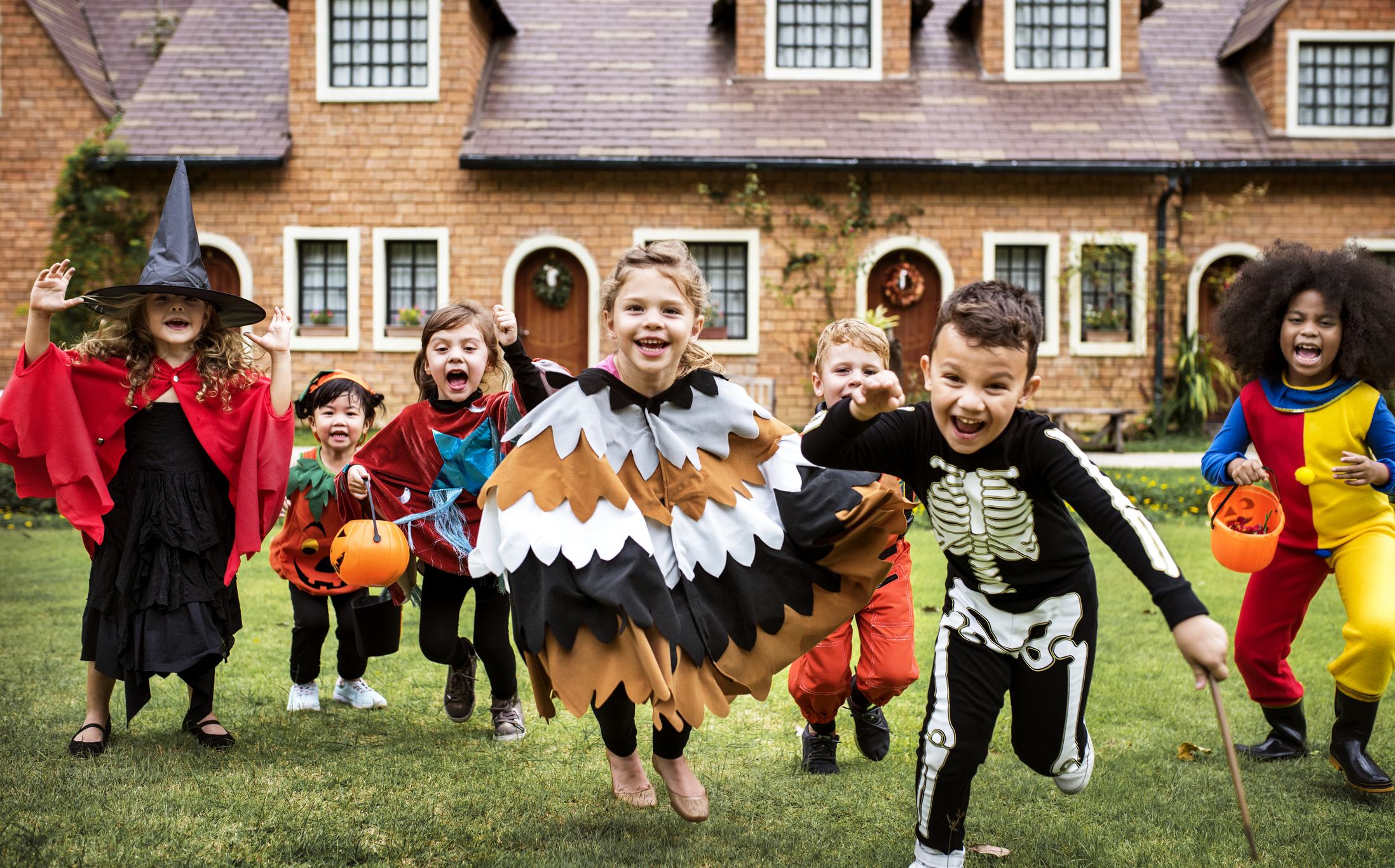
Halloween History and 10 Fun Facts
Filed Under: Best Practices, Market Research, Shopper
Derek Bertelsen
Senior Project Manager, Field Services
The holiday we know as Halloween started as a pre-Christian Celtic festival called Samhain (a Gaelic word pronounced “sow-win”), annually held around the first of November to celebrate last day of harvest and to welcome in the dark half of the year. The Celts believe that, as we moved from the warmth of autumn to the chill of winter, the dead and the living worlds would overlap, and that goblins and ghouls would roam the earth again. So, dressing up as demons was a defense against any real demon you may encounter roaming the Earth; they would think you were one of them.
Fast forward to the 1840s with the advent of the Ireland potato famine which brought millions of Halloween-loving immigrants across the Atlantic. Americans soon started embracing the traditions of the holiday, latching onto the tricks and treats as a means of letting off steam one night a year.
Today, Halloween is the second-biggest commercial holiday in America. This year, Americans are expected to spend nearly $9 billion on this ghoulish holiday, with $2.6 billion being spent on candy alone. And while Halloween may have previously been thought of as a day for children to dress up, the holiday is more popular with adults. Today, over 70% of adults celebrate Halloween and spend just as much money on candy and costumes.
We’ve gathered 10 Fun Facts we’re sharing about Halloween:

- Candy Corn’s original name was Chicken Feed, which was created in 1880 by Wunderlee Candy Company employee George Renninger. Wunderlee was the first to sell the candy, followed by Goelitz Confectionery Company (now Jelly Belly Candy Co.) who has been producing the tri-colored candies since 1898. Candy Corn is one of the most popular Halloween candies with Americans purchasing over 20 million pounds each year.
- 1.5 billion pounds of pumpkins are produced in the US each year. According to the US Department of Agriculture, the state of Illinois has more than 15,000 acres devoted to growing pumpkins, and the state produces up to five times more pumpkins than any other state.
- The act of trick or treating has been around since medieval times. Known then as “guising,” young people wore masks and full costumes and asked for food or money in exchange for poems, songs, and other tricks.
- The origins of the phrase “trick or treat” are difficult to trace, but the custom had been established by the early 1950s when trick or treating was referenced in a Peanuts comic strip. In 1952, Disney produced a cartoon called “Trick or Treat” featuring Donald Duck and his nephews Huey, Dewey, and Louie.
- The name “Jack-O-Lantern” first originated from an Irish folktale about a man named Stingy Jack who tricked the Devil over and over again. When Jack died, he was forced to walk the Earth with only a carved-out turnip and burning coal to help light his way. Pumpkins were easier to come by in the United States, so no more turnip carving.
- The most popular costumes in 2019 are anticipated to be taken straight from recent blockbuster films. You can expect to see the title character from Stephen King’s IT and characters from the Marvel universe this season. Learn which kids costumes our YouthBeat® team predicts will be popular this year in our blog “Trick or Treat: Who’s There?”
- According to the National Confectioners Association, chocolate candy is the most popular for Halloween, with 68% of people saying it’s their favorite treat. About three-quarters of a trick-or-treaters loot is made up of chocolate.
- The movie “Halloween” was made in only 21 days in 1978 on a very limited budget of $325,000. That original film went on to make $70 million at the box office and launched an incredibly successful franchise.
- The Haunted House Association estimates that the U.S. is home to about 1,200 seasonal haunted attractions that pull in up to $500 million a year.
- Unless it’s a scary movie, a full moon on Halloween is very rare. Since 1950, a full moon on Halloween has occurred exactly three times: in 1955, 1974 and 2001. But get ready: The next one is coming up in 2020!
explore featured
Case studies

